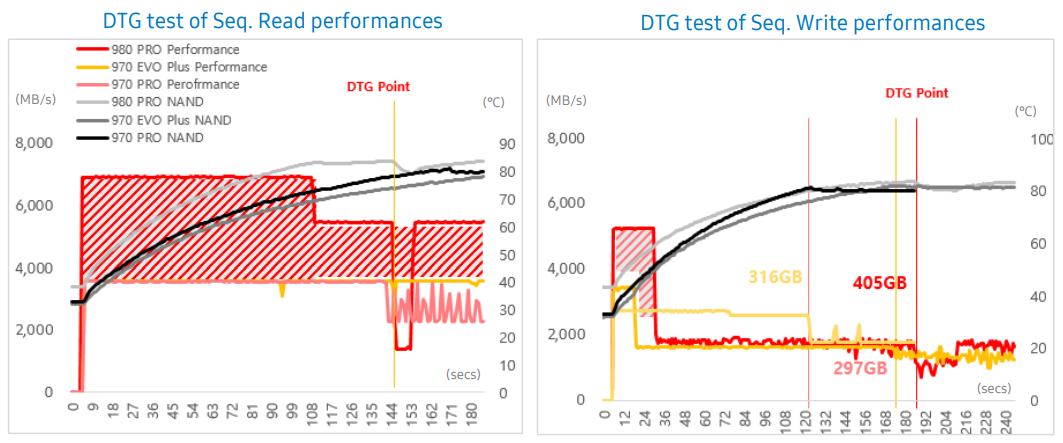Versus people assuming the best?
When no details are known other than some vague words and non-committal assurances?
If you assume the worst then if it turns out better (which it should) than you'll always end up happy.
If you assume the best and it doesn't live up to that, then you may end up disappointed.
Also, you may be thinking that people are assuming the worst, when (at least for me) I'm just pointing out things that have to be dealt with if people expect a user installed drive to perform as consistently as the drive that is included with the machine. I'm not saying it is or isn't going to perform sufficiently well...after all I haven't seen how Sony plan to deal with the heat and potential throttling of user added drives.
I'm certainly far more concerned with the current state of NVME cooling in the PC space which ranges from excellent (PCIE actively cooled NVME cards) to uncooled NVME drives sitting on the motherboard sandwiched between PCIE slots with virtually no airflow.
People should rightly do the same for the XB-series external drives. But there are some key differences.
- It's rated for a conservative speed, hence cooling requirements are vastly reduced.
- We have seen what they've done to address heat buildup.
- There's a metal shroud that acts as a heat spreader and the drive is inserted into a location with direct airflow.
- IE - it's not in a location that may get little to no airflow like the NVME drives in many PC cases.
So, having those 2 pieces of information we can make an informed decision as to whether the drive may or may not be sufficiently cooled.
If the drive speed were higher, say 5.5 GB/s and MS claimed that as sustained speed then I would have serious doubts as to how well they could cool their expansion card with the current cooling system they have for it. But it's not, so while it's possible it could happen, it's unlikely that the XB-series external drives will overheat. Perhaps if you put it next to a high heat source like a hair dryer, it'll likely throttle.

Regards,
SB

